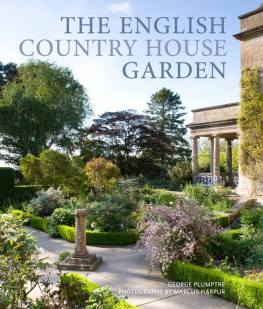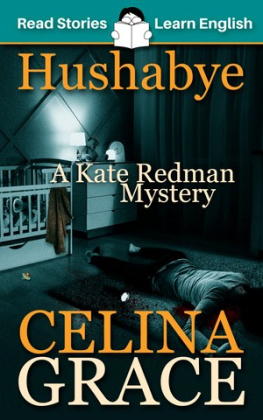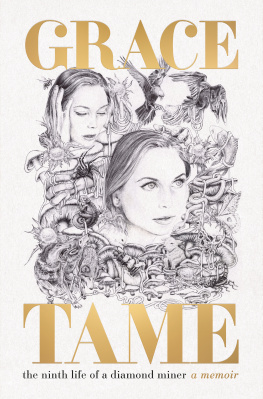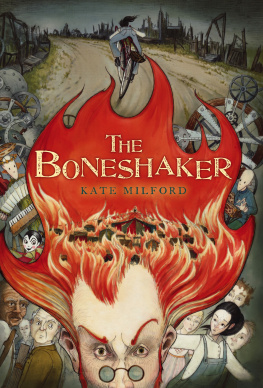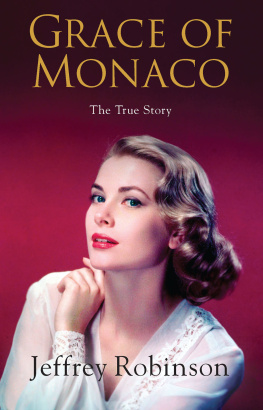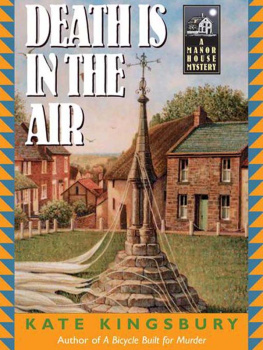
Kate Morton
The House at Riverton aka The Shifting Fog
2007
For Davin,
who holds my hand on the roller-coaster
Final draft, November 1998, pp. 1-4
THE SHIFTING FOG
Written and directed by Ursula Ryan 1998
MUSIC: Theme song. Nostalgic music of the type popular during and immediately following the First World War. Though romantic, the music has an ominous edge.
1. EXT. A COUNTRY ROAD-DUSKS FINAL MOMENT
A country road flanked by green fields that stretch forever. It is 8.00 pm. The summer sun still lingers on the distant horizon, loath to slip, finally, beyond. A 1920s motor car winds, like a shiny black beetle, along the narrow road. It whizzes between ancient brambly hedgerows blue in the dusk, crowned with arching canes that weep toward the road.
The glowing headlights shake as the motor car speeds across the bumpy surface. We draw slowly closer until we are tracking right alongside. The final glow of sun has disappeared and night is upon us. The early moon is full, casting ribbons of white light across the dark, glistening car bonnet.
We glimpse, inside the dim interior, the shadowy profile of its passengers: a MAN and WOMAN in evening dress. The man is driving. Sequins on the womans dress shimmer when they catch the moonlight. Both are smoking, the orange tips of cigarettes mirroring the motor cars headlights. The WOMAN laughs at something the MAN has said, tips her head back and exposes beneath her feather boa, a pale, thin neck.
They arrive at a large set of iron gates, the entrance to a tunnel of tall, dusky trees. The motor car turns into the driveway and makes its way through the dark, leafy corridor. We watch through the windscreen, until suddenly we break through the dense foliage and our destination is upon us.
A grand English manor looms on the hill: twelve gleaming windows across, three high, dormer windows and chimneys punctuating the slate roof. In the foreground, the centrepiece of a broad manicured lawn, sits a grand marble fountain lit with glowing lanterns: giant ants, eagles and enormous fire-breathing dragons, with jets shooting water one-hundred feet into the air.
We maintain our position, watching as the car continues without us around the turning circle. It stops at the entrance to the house and a young FOOTMAN opens the door, extends his arm to help the WOMAN from her seat.
SUB-TITLE: Riverton Manor, England. Summer, 1924.
2. INT. SERVANTS HALL-EVENING
The warm, dim servants hall of Riverton Manor. The atmosphere is one of excited preparation. We are at ankle level as busy servants traverse the grey-stone floor in all directions. In the background we hear champagne corks popping, orders being given, lower servants being scolded. A service bell rings. Still at ankle level, we follow a female HOUSEMAID as she heads toward the stairs.
3. INT. STAIRWELL-EVENING
We climb the dim stairs behind the HOUSEMAID; clinking sounds tell us that her tray is loaded with champagne flutes. With each step our view lifts-from her narrow ankles, to her black skirt hem, the white tips then pert bow of her apron ribbon, blonde curls at the nape of her neck-until, finally, our view is hers.
The sounds from the servants hall fade as music and laughter from the party grow louder. At the top of the stairs, the door opens before us.
4. INT. ENTRANCE HALL-EVENING
A burst of light as we enter the grand marble entrance hall. A glittering crystal chandelier suspends from the high ceiling. The BUTLER opens the front door to greet the well-dressed man and woman from the car. We do not pause but cross to the back of the entrance hall and the broad French doors that lead to the BACK TERRACE.
5. EXT. BACK TERRACE-EVENING
The doors sweep open. Music and laughter crescendo: we are in the midst of a glittering party. The atmosphere is one of postwar extravagance. Sequins, feathers, silks, as far as the eye can see. Coloured Chinese paper lanterns strung above the lawn flutter in the light summers breeze. A JAZZ BAND plays and women dance the charleston. We weave through the crowd of assorted laughing faces. They turn toward us, accepting champagne from the servants tray: a woman with bright red lipstick, a fat man made pink by excitement and alcohol, a thin old lady dripping in jewels and holding, aloft, a long, tapered cigarette-holder emitting a lazy curlicue of smoke.
There is a tremendous BANG and people gaze above as glittering fireworks tear open the night sky. There are squeals of pleasure and some applause. Reflections of Catherine wheels colour upturned faces, the band spins on, and women dance, faster and faster.
CUT TO:
6. EXT. LAKE-EVENING
A quarter-mile away, a YOUNG MAN stands on the dark edge of the Riverton lake. Party noise swirls in the background. He glances toward the sky. We draw closer, watching as reflected fireworks shimmer red across his beautiful face. Though elegantly dressed, there is a wildness about him. His brown hair is dishevelled, sweeping his forehead, threatening to obscure dark eyes that madly scan the night sky. He lowers his gaze and looks beyond us, to someone else, obscured by shadow. His eyes are damp, his manner suddenly focused. His lips part as if to speak, but he does not. He sighs.
There is a CLICK. Our gaze drops. He clutches a gun in his trembling hand. Lifts it out of shot. The hand remaining by his side twitches then stiffens. The gun discharges and drops to the muddy earth. A woman screams, and the party music reels on.
FADE TO BLACK
CREDIT SEQUENCE: THE SHIFTING FOG
The Letter
Ursula Ryan
Focus Film Productions
1264 N. Sierra Bonita Ave #32
West Hollywood, CA
90046 USA
Mrs Grace Bradley
Heathview Nursing Home
64 Willow Road
Saffron Green
Essex, CB10 1HQ UK
27 January 1999
Dear Mrs Bradley,
I hope you will excuse my writing to you again; however, I have not received a reply to my last letter outlining the film project on which I am working: The Shifting Fog.
The film is a love story: an account of the poet RS Hunters relationship with the Hartford sisters and his suicide of 1924. Though we have been granted permission to film external scenes on location at Riverton Manor, we will be using studio sets for interior scenes.
We have been able to recreate many of the sets from photographs and descriptions; however, I would appreciate a first-hand assessment. The film is a passion of mine and I cannot bear to think I might do it a disservice with historical inaccuracies, however small. As such, I would be very grateful if you would be willing to look over the set.
I found your name (your maiden name) on a list amongst a pile of notebooks donated to the Museum of Essex. I would not have made the connection between Grace Reeves and yourself had I not also read an interview with your grandson, Marcus McCourt, printed in the Spectator, in which he mentioned briefly his familys historical associations with the village of Saffron Green.
I have enclosed a recent article about my earlier films, published in the Sunday Times, for your appraisal, and a promotional article about The Shifting Fog printed in LA Film Weekly. You will notice that we have managed to secure fine actors in the roles of Hunter, Emmeline Hartford and Hannah Luxton, including Gwyneth Paltrow, who has just received a Golden Globe Award for her work in Shakespeare in Love.
Next page

